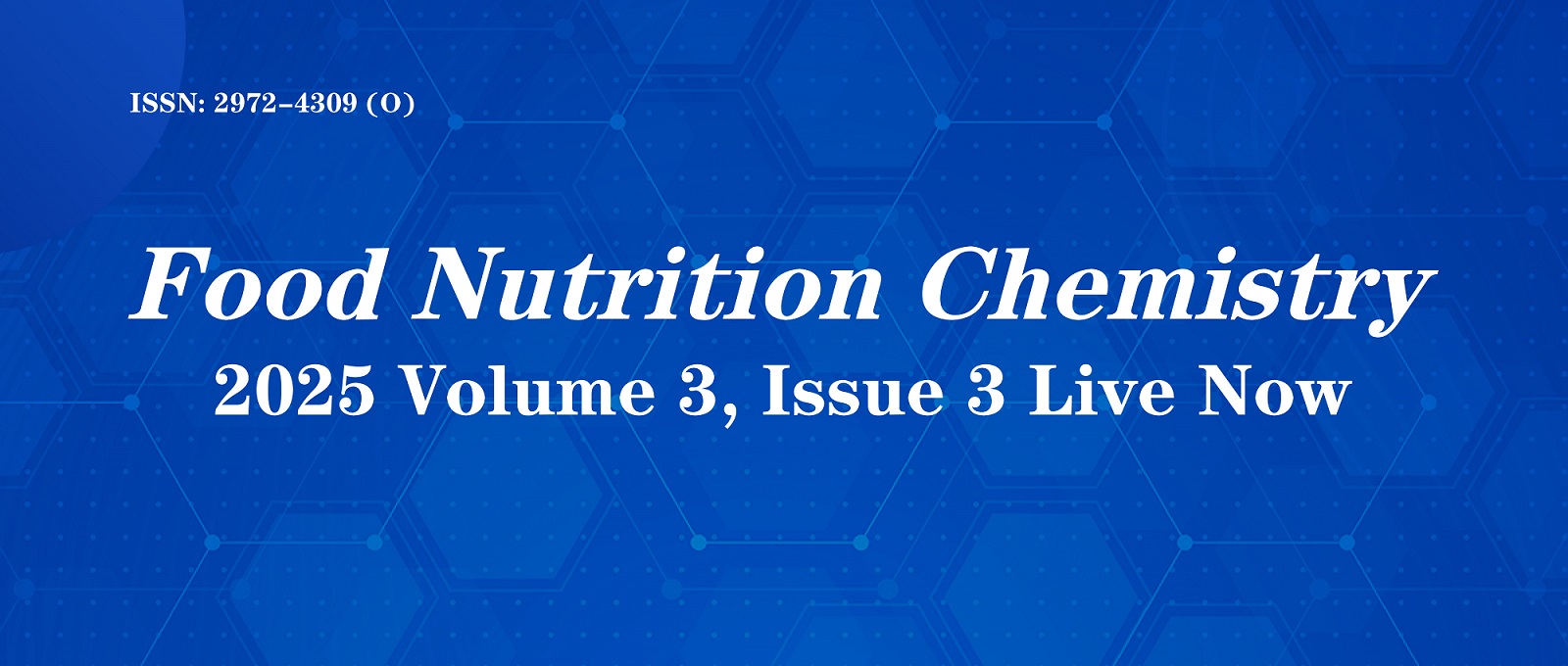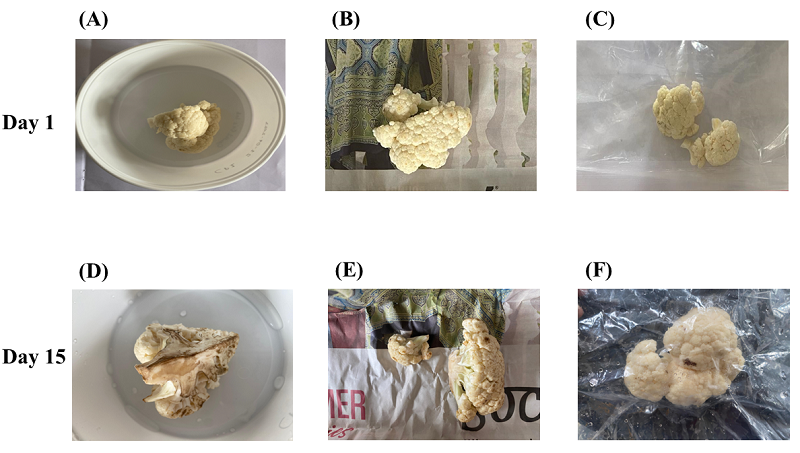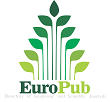About the Journal
Food Nutrition Chemistry (FNC, eISSN: 2972-4309) is an open access peer-reviewed journal. FNC publishes various types of articles on food nutrition chemistry in the field of life and health, such as original research articles, review articles, case reports. The journal is committed to providing an academic exchange platform for researchers in the world of food nutrition chemistry and health. Researchers and practitioners from all over the world are welcome to contribute.
Journal Abbreviation:
Food Nutr. Chem.
Announcements
2025-10-10
Current Issue
Vol. 3 No. 4 (2025)
Published:
2025-10-31

 Open Access
Open Access




.jpg)
.jpg)

